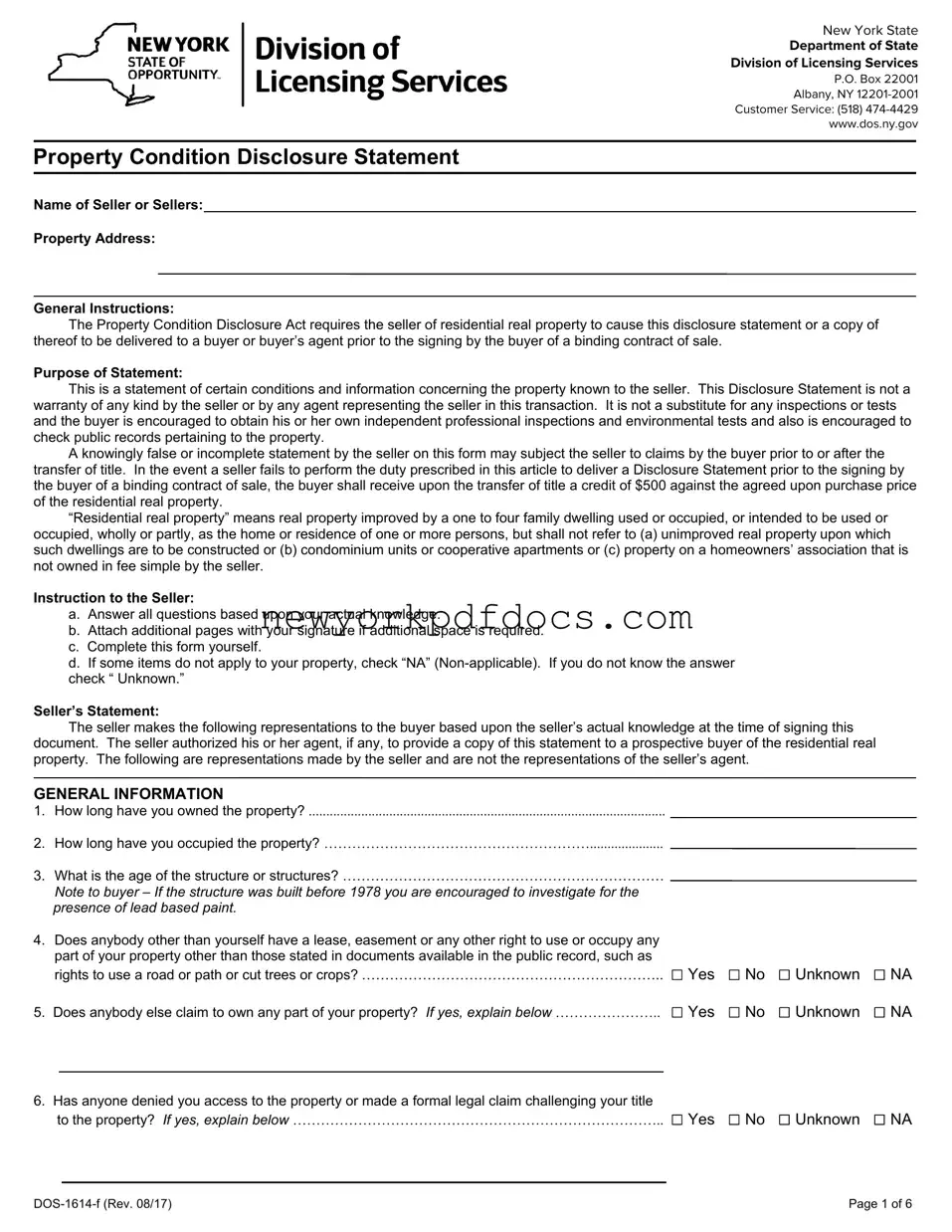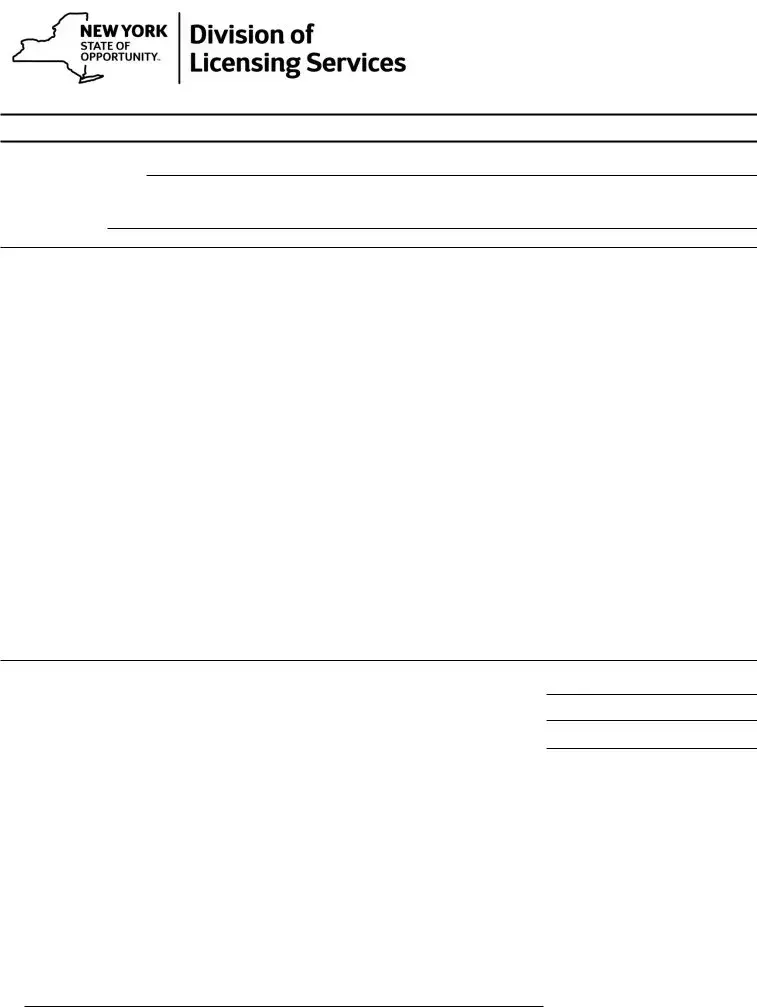Property Condition Disclosure Statement
16. Is lead plumbing present? If yes, state location or locations below ………………………………… .. Yes No Unknown NA
17. Has a radon test been done? If yes, attach a copy of the report ……………………………………... Yes No Unknown NA
18.Has motor fuel, motor oil, home heating fuel, lubricating oil or any other petroleum product, methane gas, or any hazardous or toxic substance spilled, leaked or otherwise been released on
the property or from the property onto any other property? If yes, describe below ………………… Yes No Unknown NA
19.Has the property been tested for the presence of motor fuel, motor oil, home heating fuel,
lubricating oil, or any other petroleum product, methane gas, or any hazardous or toxic
substance? If yes, attach report(s) ……………………………………………………………………….. Yes No Unknown NA
STRUCTURAL
20. Is there any rot or water damage to the structure or structures? If yes, explain below …………….. Yes No Unknown NA
21. Is there any fire or smoke damage to the structure or structures? If yes, explain below …………… Yes No Unknown NA
22. Is there any termite, insect, rodent or pest infestation or damage? If yes, explain below ………….. Yes No Unknown NA
23. Has the property been tested for termite, insect, rodent or pest infestation or damage? ………….. Yes No Unknown NA
If yes, please attached report(s)
24.What is the type of roof/roof covering (slate, asphalt, other)? ………………………………………….
●Any known material defects? …………………………………………………………………………..
●How old is the roof? ………………………………………………………………………………………
●Is there a transferable warrantee on the roof in effect now? If yes, explain below ……………….






